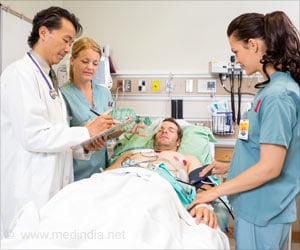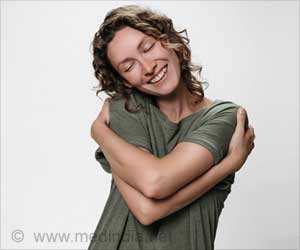Targeting molecules such as HMGB1 represents a new therapeutic approach that could help people recover from septic shock.

To make their discovery, Tadié and colleagues first used a murine model of polymicrobial septic peritonitis with fluid resuscitation and antibiotic administration, mirroring standard care for humans. Using this model, they studied the late consequences of infection on neutrophils and the implication of HMGB1. In a second set of experiments, ex-vivo experiments were carried out to study the role of HMGB1 in neutrophil dysfunction in patients admitted to the ICU for septic shock. The researchers found that after sepsis, the ability of neutrophils to kill bacteria was diminished. They also found that HMGB1 was significantly increased in the late phase of sepsis. To establish the importance of HMGB1 in regulating sepsis-mediated neutrophil dysfunction, they demonstrated that neutralizing HMGB1 restored the neutrophils' ability to kill bacteria after septic shock.
"There is increasing evidence of immune paralysis or dysfunction in sepsis particularly in the 'adaptive' immune system," said John Wherry, Ph.D., Deputy Editor of the Journal of Leukocyte Biology. "The identification of a pathway that can rejuvenate neutrophil function is a major step forward because these cells of the 'innate' immune system can act much faster, a critical issue in sepsis"
Source-Eurekalert










